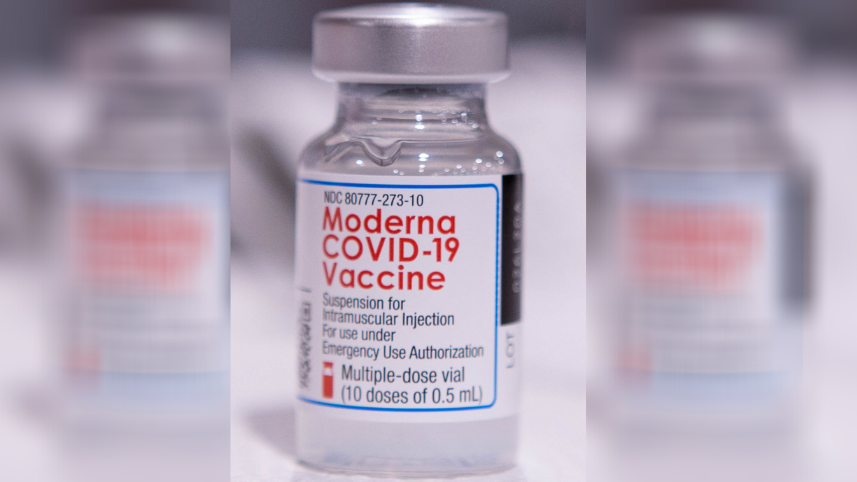Turning Vaccine Dreams into Vaccine Realities
"We have to accept that the current vaccines available (and pending) are not a magic ticket to back to normal," cautions NCSE Director of Teacher Support Lin Andrews.

Check out our entire series explaining the science involved in the coronavirus pandemic. Sign up to receive our coronavirus update each week.
In April 2020, we published “Antibody Hopes and Vaccine Dreams” Part I and Part II. Our hopes were exceeded beyond our wildest dreams! Relying on the research available at the time, we estimated that it would take between 18 and 36 months just to develop the vaccines. We certainly did not think that by now there would already be two vaccines on the market and three more in phase 3 clinical trials! Science for the win, yet again!
Despite that good news, it’s worth having a discussion about vaccine realities. Not to be brutal, but we have to accept that the current vaccines available (and pending) are not a magic ticket to back to normal. The problem is not just a floundering timeline of vaccine distribution and administration. No question, that’s bad, but the reality is that, even if efficiently distributed and administered, vaccines cannot repair the fact that our lackluster response to the pandemic allowed the SARS-CoV-2 virus to penetrate our country at levels and rates exceeding those in almost any other country. As a result, it will take much longer for vaccines to bring the outbreak under control.
A really nice way to explore this reality with students is by providing them with a graph from the University of Washington’s Institute for Health Metrics and Evaluation that use current and past data to project future COVID-19 deaths, hospital resources needed, and infections rates now that vaccine distributions are underway.

The Institute for Health Metrics and Evaluation, Creative Commons Attribution-NonCommercial-NoDerivatives 4.0 International License.
What the graph shows is how the current reality (the brown dotted line: how many cases there will be at the currently projected vaccination rate) could change if we change our behavior or policies. The red line shows how many cases there will be if we ease restrictions on activities like indoor dining or large gatherings. You can see that cases continue to go up for another month (and they’re already at record levels!). Be sure to emphasize what that means to students: just because we’re beginning to vaccinate doesn’t mean it’s safe to go back to normal life. The green line shows how quickly cases go down if everyone wears a mask. You might notice that wearing masks drives the number of cases down even more quickly than accelerating the rate of vaccination (the blue line).
This website is updated regularly, so the graph may have changed by the time you look at it depending on how the number of cases changed due to holiday travel or other developments (like vaccine delays). Whenever you or your class dig into this website, be sure to turn on the “no vaccine” variable in the choice menu for each interactive graph. This will provide you with an extremely powerful argument for wearing masks and social distancing, since both strategies are more effective with or without a vaccine.
That’s not at all to say that vaccination isn’t going to be a powerful force for good. A current study (still undergoing peer review) provides some promising data suggesting that the attack rate of the virus could be drastically reduced (from 9.0% to 4.6%) in unvaccinated people if even only 40% of America’s total population is properly vaccinated. This level of vaccination could dramatically help “flatten the curve” and allow our hospitals to free up much-needed ICU beds. However, even this good news needs to be tempered with the fact that until over 75% of the entire US population is vaccinated, the current measures about social distancing, wearing masks, and other restrictions cannot be relaxed.
We all want this pandemic to be over, and as a former teacher, I know how much teachers in particular want to reassure students that this pandemic will soon be coming to an end. But our duty to provide accurate science needs to outweigh our need to offer reassurance. Many hurdles to this pandemic must still be overcome before we will be able to pack stadiums, visit amusement parks, and cast off our still-needed protective coverings.
Let’s get to work.

